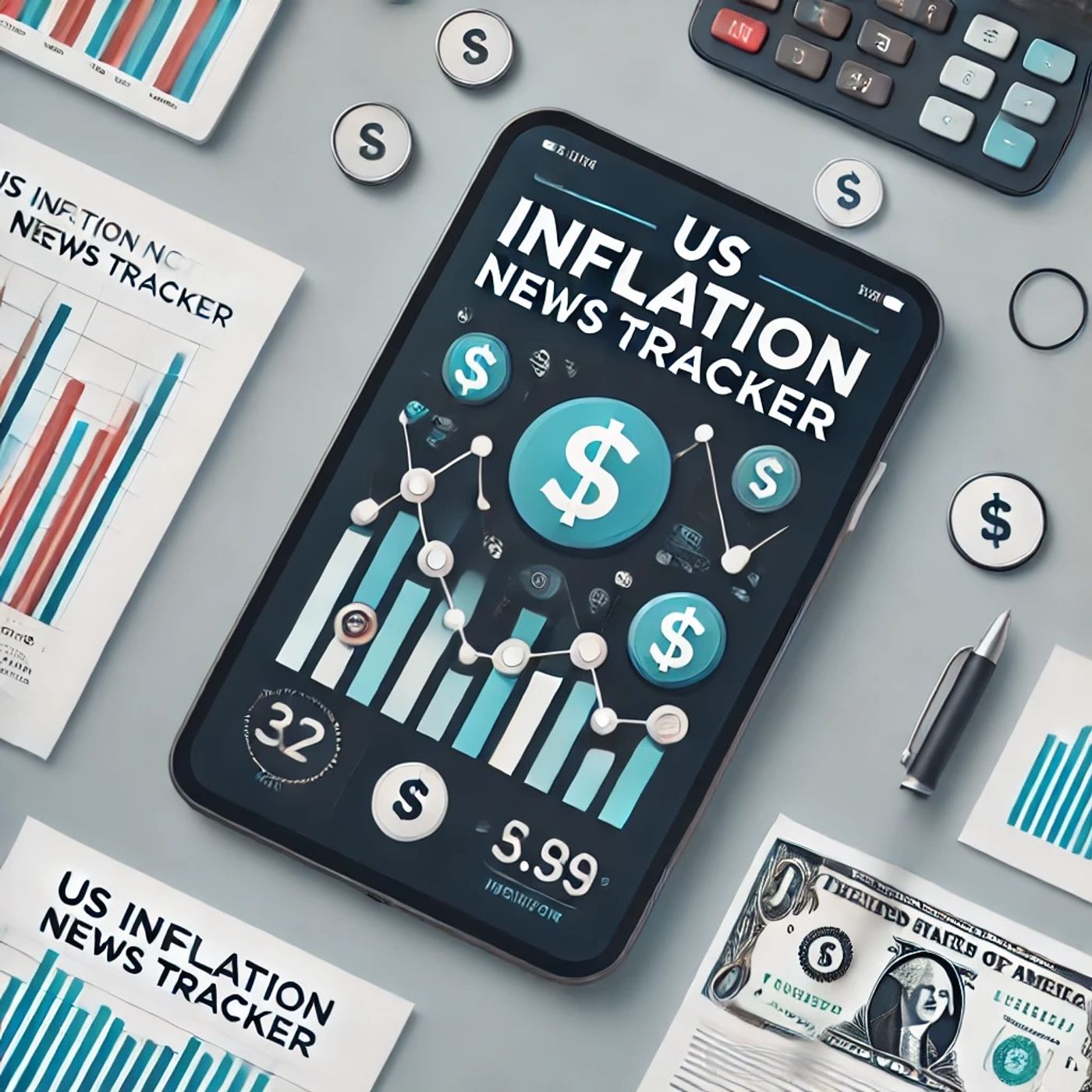Jan 22 2025 3 mins
Inflation uncertainty is increasingly influencing the economic landscape in the United States, with significant implications for various sectors, according to a study by the Federal Reserve. The research highlights how the unpredictability surrounding inflationary pressures, particularly through input costs and interest rates, adversely impacts investment levels.
The study points to a volatile economic scenario where businesses struggle to forecast future costs due to inflation. One critical factor is the lack of clarity on input costs. For industries that rely heavily on commodities and raw materials, fluctuating prices make it difficult to plan long-term strategies or commit to new projects. Businesses are finding it challenging to set prices, manage budgets, or anticipate procurement expenses, as the cost of goods sold is subject to unpredictable changes.
Interest rates also contribute to this uncertainty, playing a dual role in the economy. While they are a tool used by the Federal Reserve to control inflation, fluctuations in rates can hinder business planning. When the central bank raises interest rates to curtail inflation, borrowing becomes more expensive, which can deter companies from taking out loans to finance new investments or expand operations. Conversely, if interest rates are kept too low for extended periods, inflation may spiral, causing additional disruptions in economic planning.
This environment leads to reduced investment levels across various sectors. Companies become more risk-averse, often delaying or scaling back capital expenditures. For the economy, this behavior can stagnate innovation and reduce productivity growth over time, as businesses hesitate to invest in new technology or infrastructure improvements.
The study underscores the importance of clear guidance and communication from policymakers to mitigate these uncertainties. The Federal Reserve plays a crucial role by setting expectations and providing forecasts that can help businesses navigate the complexities of economic planning in an inflationary context. Transparent communication can reduce the unpredictability businesses face, allowing for more informed decision-making.
In the broader economic picture, managing inflation uncertainty is vital for maintaining investment momentum, crucial for economic growth and stability. The study suggests that efforts to stabilize input costs and interest rates could reassure investors, fostering an environment where businesses feel more confident to commit to long-term plans.
Ultimately, as inflation uncertainty continues to affect the US economy, balancing measures to control inflation with the need to promote a conducive environment for investment remains a central challenge for policymakers. As businesses await clearer signals, the interplay between inflation and economic activity will continue to be a critical area of focus.
The study points to a volatile economic scenario where businesses struggle to forecast future costs due to inflation. One critical factor is the lack of clarity on input costs. For industries that rely heavily on commodities and raw materials, fluctuating prices make it difficult to plan long-term strategies or commit to new projects. Businesses are finding it challenging to set prices, manage budgets, or anticipate procurement expenses, as the cost of goods sold is subject to unpredictable changes.
Interest rates also contribute to this uncertainty, playing a dual role in the economy. While they are a tool used by the Federal Reserve to control inflation, fluctuations in rates can hinder business planning. When the central bank raises interest rates to curtail inflation, borrowing becomes more expensive, which can deter companies from taking out loans to finance new investments or expand operations. Conversely, if interest rates are kept too low for extended periods, inflation may spiral, causing additional disruptions in economic planning.
This environment leads to reduced investment levels across various sectors. Companies become more risk-averse, often delaying or scaling back capital expenditures. For the economy, this behavior can stagnate innovation and reduce productivity growth over time, as businesses hesitate to invest in new technology or infrastructure improvements.
The study underscores the importance of clear guidance and communication from policymakers to mitigate these uncertainties. The Federal Reserve plays a crucial role by setting expectations and providing forecasts that can help businesses navigate the complexities of economic planning in an inflationary context. Transparent communication can reduce the unpredictability businesses face, allowing for more informed decision-making.
In the broader economic picture, managing inflation uncertainty is vital for maintaining investment momentum, crucial for economic growth and stability. The study suggests that efforts to stabilize input costs and interest rates could reassure investors, fostering an environment where businesses feel more confident to commit to long-term plans.
Ultimately, as inflation uncertainty continues to affect the US economy, balancing measures to control inflation with the need to promote a conducive environment for investment remains a central challenge for policymakers. As businesses await clearer signals, the interplay between inflation and economic activity will continue to be a critical area of focus.
